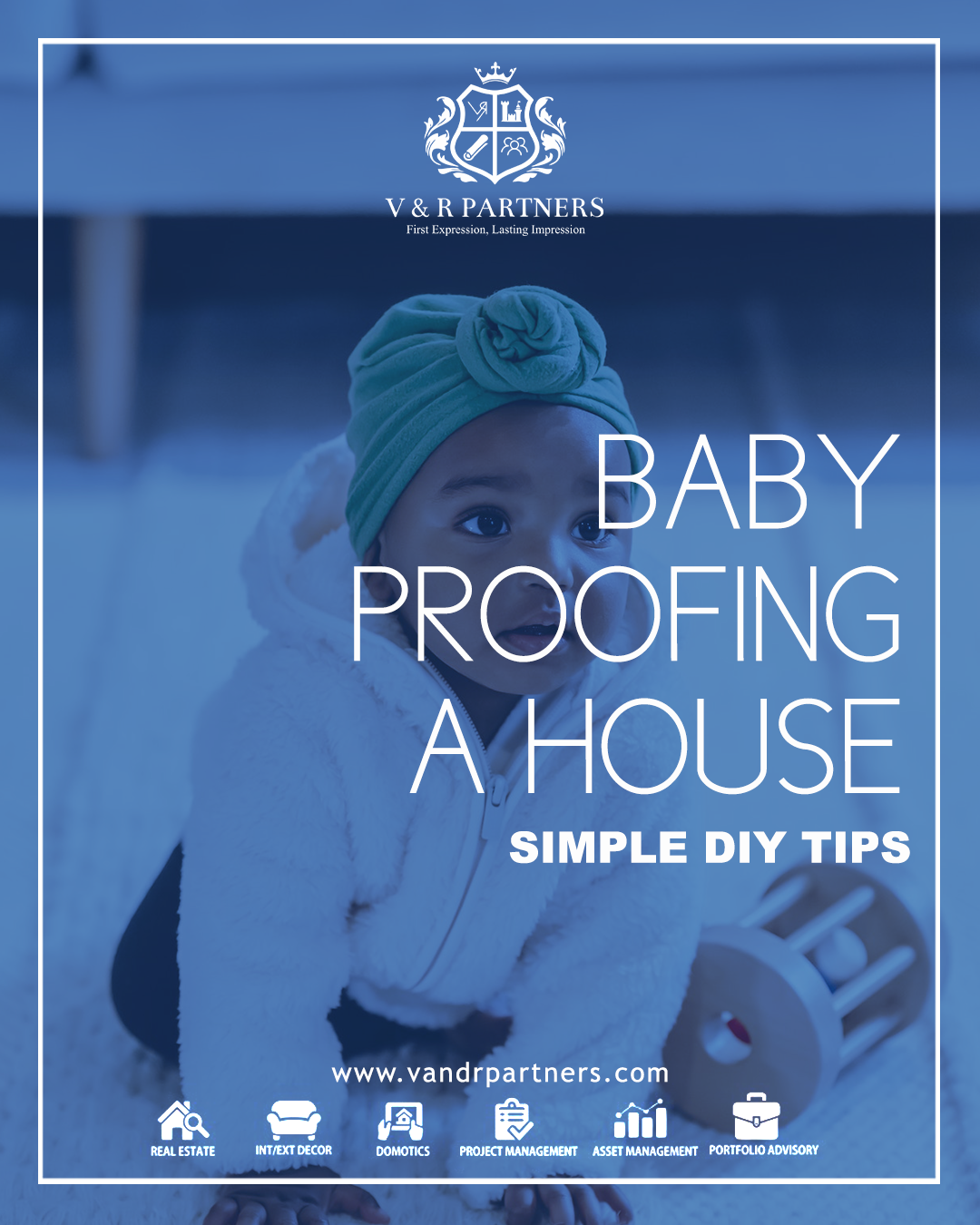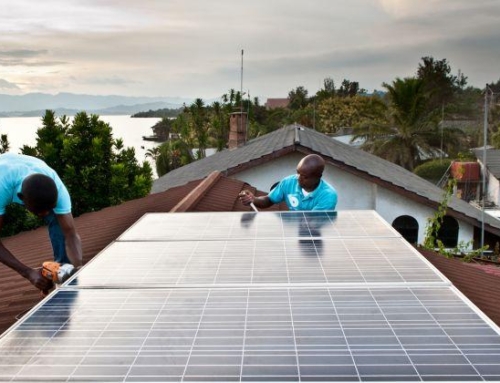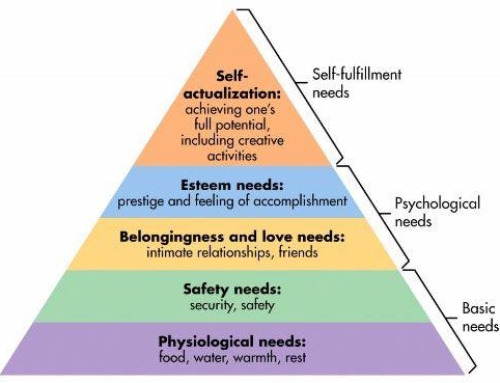When I first bought my apartment earlier this year, having a baby was a hopeful thought for my husband and I, but not yet a reality. Now, after almost 10 months of moving delays (thanks, COVID-19) and renovations, we will be moving into our new home within just weeks of our baby’s arrival. The silver lining of a stressful year has been that we have been able to plan our home with a baby’s safety as our top priority. With every renovation decision, we are considering how safe our home will be for a curious baby and eventually a toddler who is guaranteed to try to find his way into every closet and cabinet.
In order to make the best babyproofing decisions for my growing family, I went straight to the experts in home design and safety to guide my plans. I worked with a designer at Modsy, a virtual interior design company, to help me design my open floor-plan living room and dining room. I also spoke to the team at Poison Control to learn about the biggest health and safety risks found in homes. With these experts, I discussed every room in the home (some that I won’t even have—a laundry room sounds like a dream for a NYC apartment-owner!) to make sure the furniture I invest in won’t be immediately damaged by spit up or too sharp for a newbie walker, my cleaning supplies are stored in the right closet with child-proof locks, and the smoke alarms, well, exist—I did a gut renovation after all.
Even if you’re not starting from scratch at home, it’s simple to take a few days to look over your own space and make sure each room is safe from surprising hazards that could pop up as your baby starts crawling, walking, or even starting to climb.
Tackle the Big Things First
Now’s the time to replace that broken window, fix the leaking hot-water heater (it should be set below 120 degrees F to avoid a scalding hot bath for baby), and check your smoke and carbon-monoxide detectors. If your house was built before 1978, it’s important to check if you have lead paint on the interior windowsills, door frames, and other areas, says Kelly Johnson-Arbor, M.D., medical toxicologist and co-medical director of the National Capital Poison Center.
“In an older home, peeling or chipping paint surfaces may represent a source of lead exposure, especially for young children and toddlers who are crawling around or touching those surfaces,” says Dr. Johnson-Arbor. “Never attempt to perform your own renovation or repair of lead-based surfaces
You should also look at your existing furniture to consider what pieces need to be mounted to the wall to avoid tipping. If you’re in the market for new furniture pieces, you don’t have to sacrifice style for safety, explains Alessandra Wood, vice president of style at Modsy, but you should look for items that come with anti-tip kits and have higher safety standards and less chemicals used in production.
“My mom always said to me: You can have nice things when you have children, you just have to teach your children to have respect for them,” says Wood. “We think children will be destructive little people, but we can teach them how to respect the things around us.”
The Kitchen
If your home layout is anything like mine (or TBH, any home I’ve seen on HGTV over the past few years), you likely have an open-concept kitchen. This means even if you are in the living room, your mobile baby can easily find a way to the cabinets or pantry and your typical doorway gate won’t be an option.
No need to panic, but it’s a good idea to invest in modern childproof cabinet locks. The former owners of my apartment used stick-on plastic latch locks that all but damaged the wood on the cabinet doors. Needless to say, we had to rip them out and start from scratch. Avoid that mess by looking for magnetic locks that can be mounted on the inside of cabinets while offering the same safety features and easy adult access. Also consider stove-knob covers to prevent your baby from turning on the burners once he’s standing.
While it might be common to keep cleaning supplies under the kitchen sink, Dr. Johnson-Arbor suggests finding a new place for them that is high-up and out of reach. “This is especially true during the COVID-19 pandemic, as many people are keeping cleaning supplies close at hand; we may also be using cleaning products that we have not used frequently in the past,” she says. “Some cleaning products have colorful labeling which may appeal to young children; disinfecting solutions may feature citrus scents or similar fragrances, and young children may not know that products that smell good may also be poisonous. Always keep these containers well hidden from young children, in an area where they cannot reach by climbing or crawling.”
She also reminds parents to skip transferring cleaning products into other containers that aren’t properly labeled, even if it looks more organized or helps save space. “This is potentially quite dangerous as young children and other individuals in the home may not realize what is actually present in the container.”
For safety and aesthetics, Wood suggests avoiding a glass top table since they can be less stable than wood or metal ones and to skip styling the room with a rug under the table you most commonly eat at. “In early life stages, you don’t want a rug under the dining room table because of spills or messes,” she says. “That rug is going to need a lot of cleaning and care—if you have hard floors leave them exposed until you have controlled eaters.”
Kitchen Babyproofing Checklist:
- Childproof cabinet locks and drawer locks for those that contain harmful products (once your baby can climb, he can reach anything)
- Stove-knob covers, to prevent baby from turning on the burners
- Nonskid pads for rugs
Living Room
The biggest risk in this room is falls and collisions with furniture that has sharp edges. If you do have those corners to deal with, add some stick-on corner cards. You could also look at some trendy furniture options on the market like rounded coffee tables or soft ottomans that can be used as a table, especially if they have storage, suggests Wood.
When dealing with fabrics for couches or chairs, check the cleaning codes and look for upholstery that is high performance, meant for everyday use and wear and cleans well. “Other options are slipcovers,” says Wood. “There are ones that can be washed and dried in your own machine or go to the dry cleaner and come back looking brand new.”
For any electrical outlets or GFIs near the ground, look for childproof coverings and if you have blinds or shades on windows, make sure they are cordless, since cords have been deemed a strangulation hazard.
Living Room Babyproofing Checklist:
- Stick-on corner cards for furniture with sharp edges
- Childproof outlet coverings
- Cordless blinds (the cords on blinds and curtains are strangling hazards)
The Nursery
In this room, function is the most important thing to keep in mind, says Wood. “Have proper storage for everything in there if this is main room for taking care of your baby,” she suggests. “I love dressers with detachable toppers. Safety is there, it is meant for this purpose. Then when you don’t need a changing table anymore, you take off the topper and have a dresser that can grow with them.”
When it comes to decorating the space, avoid hanging anything directly over the crib and changing table that the baby can grab and pull. “As much as you may want a beautifully staged nursery with a gallery wall behind crib, it is not the safest,” says Wood. “Instead, consider painting an accent wall, using wallpaper, or even a wall decal. These are great since they cannot be moved and still provide an aesthetic element.”
Nursery Babyproofing Checklist:
- A thick piece of carpet or a rug to cushion falls
- A safe toy box, ideally an open bin (boxes with heavy lids can be dangerous for a baby)
- UL-listed night-lights and replacement bulbs
- Finger-pinch guards for hinges on doors
Bathroom and Laundry Room
Since this is the room where you keep your medications and cleaning supplies, it requires some special babyproofing attention. “Since adults are older and bigger than young children, we don’t always think like children in terms of poison prevention and childproofing,” says Dr. Johnson-Arbor. She says common household items like laundry pods, hand sanitizer, disinfecting wipes, and attractive soaps may be appealing to young children but dangerous if ingested. “Keep all medications (both prescription and over-the-counter) well out of reach of the younger age groups… Child-safe packaging is helpful, but toddlers are smart and may be able to open child-resistant pill bottles.”
Bathroom Babyproofing Checklist:
- Latches for the medicine cabinet
- A toilet lock
- A thermometer to ensure baby’s bathwater is a safe temperature
Do a Final Sweep
We are all spending more time at home now during the pandemic than every before. Use this time to look at the small things you interact with on your day to day and consider its value in your life and its possible safety implications.
Here are a few last tips:
- Place safety gates at the entrance or exit to any room that’s off-limits to baby, such as a formal living room.
- Make sure all of your houseplants are non-toxic varieties. Some plants are extremely poisonous.
- Vacuum regularly to suck up loose change, paper clips, or any small item that can cause choking.
- Place locks on liquor cabinets; alcohol can be poisonous to young children.
- Cover radiators and heating vents to prevent burns.
- Check your doorstops; many have removable caps that pose a choking hazard.
- Keep toy batteries safely stowed away; they can leak acid, causing serious burns.
- Clear cosmetics and shampoos off sink and tub ledges, as they pose a poison risk.
SOURCE: parent.com





